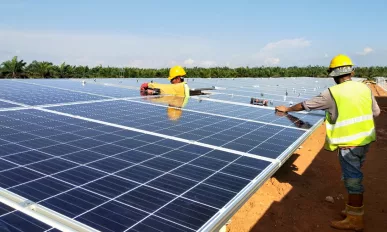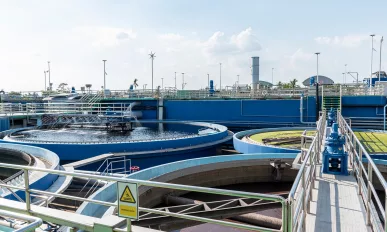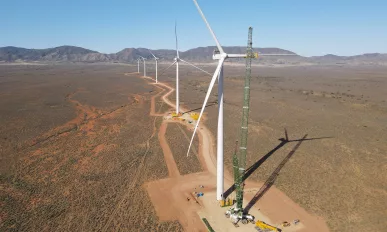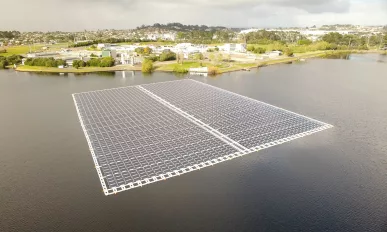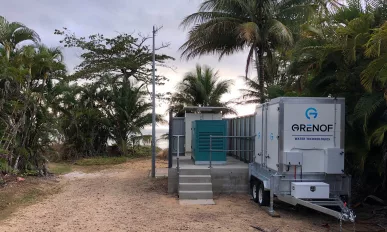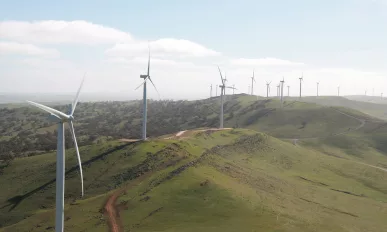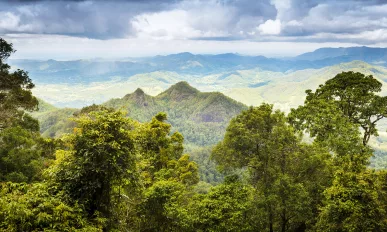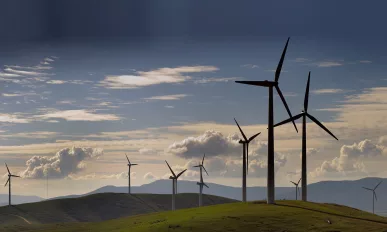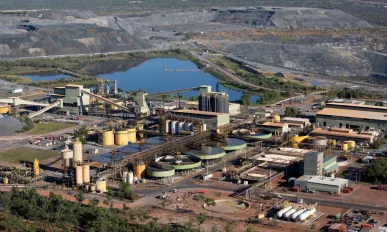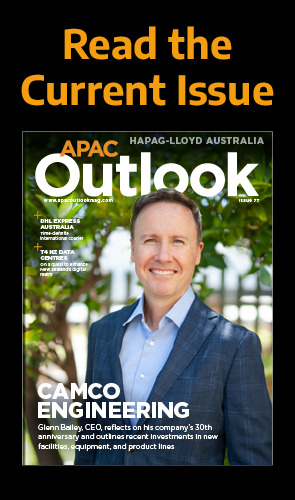Samaiden Group Berhad : Power from the Sky and Earth
A leading player in the Malaysian clean energy space, Samaiden Group Berhad is the partner of choice in clean energy solutions. Managing Director Ir. Chow Pui Hee tells us more about solar, biomass, alternative clean energy and company growth across SEA.
Water PNG : Innovation in Hydration
Offering a vital service across Papua New Guinea, Water PNG provides safe drinking water and sanitation assistance to increase the quality of life. Manager of Programs and Business Development, Kila Gare, unpacks the details of this life-changing mission.
Professional Wind Services : Turning Turbines Down Under
Renewable energy is vital for the future of people and the planet. We take a look at Professional Wind Services and speak to Director Kym Dodd, about turbine installation and projects across Australia.
Watercare : From Sky to Sea
Auckland is a rapidly expanding city by the water. Key to a growing population, Dr Jon Lamonte - CEO of Watercare - discusses the challenges of balancing water supply and wastewater treatment with the company’s sustainable aims for a greener New Zealand.
Grenof : Chlorine Goes Green
The Green Chlorine model allows for a more sustainable, safer and efficient chlorine supply in Australia. Managing Director of Grenof, Scott Barnes, tells us more.
Suzlon Energy Australia : Powering a Greener Tomorrow
Suzlon Energy Australia (SEA) has been a breath of fresh air for the Australian wind energy market, as CEO, Tejjas Parmar, tells us.
EGL – The Environmental Group Limited : Solutions for the Environment Economy
Environmental Group Limited (EGL) is cleaning up Australia’s act in pollution and waste management. Driving the circular economy with solutions-based environmental services, CEO Jason Dixon tells us more.
Tango Energy : Energising a Cleaner Australia
As the retail arm of Pacific Hydro Australia, CEO of Victoria-based Tango Energy, Domenic Capomolla, examines providing low cost, simple energy solutions designed for a cleaner conscience.
Osmoflo : Bespoke Water Solutions
A world-class water solutions provider of global proportions, Chief Operating Officer of Osmoflo, Carmine Ciccocioppo, examines innovation and supporting Australia’s hydrogen sector.
Essential Energy : Australia’s Energy Transformation
Delivering essential electricity network services to nearly 900,000 homes, David Salisbury, Executive Manager of Engineering at Essential Energy, discusses the evolution of the utilities sector in Australia today.



